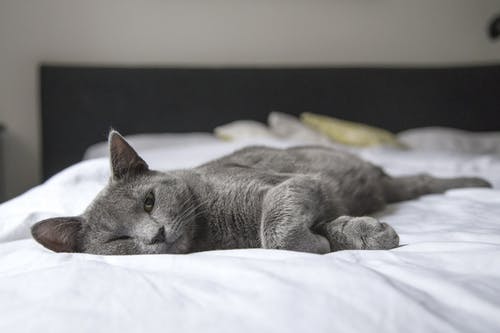Senior pets are more susceptible to injuries, illnesses, and conditions that are related to aging than younger pets. Our precious old buddies can obtain comprehensive health treatment from veterinarians to optimize their health and prolong their lives. This program focuses on detecting and addressing developing complications at the earliest stage possible to give the least invasive solutions. Making subtle changes to your pet’s routine can help them live a healthier and much more positive life.
What treatment do senior pets need?
Many pet owners find it reassuring and fulfilling to see their pets age. It isn’t easy to believe that the same bundle of energy tearing around the yard years ago is now the quiet and sweet old companion curled at our feet. When your pet begins to slow down, put on weight, or stiffen up, they need your assistance and understanding.
Unlike a fellow individual, your pet can not take responsibility for its own care. Your pet is highly dependent on you to keep them healthy. So here are a few suggestions for your senior pet as they encounter some of the challenges that come with aging.
Regular Grooming
Your pet may have troubles or be less ready to groom itself as much as it did when they were younger. You may also notice that their fur is getting less lustrous, or they have flaking skin. Frequent grooming practices in your home, including regular brushing, will help with this.
You may even need to bathe your pet more often, particularly if they have any bathroom mishaps or suffer from incontinence. Bringing your pet to the groomer on a regular basis will also help maintain their nails trimmed and their coats healthier as well as glossy. To learn more about the proper ways of nail trimming for cats, talk to your vet or groomer to prevent behavioral and health issues with your pet.
Joints and Activity
As our pets grow older, they become less energetic because of stiff joints. Degenerative joint illness and arthritis affect 90 percent of pets over the age of ten. It can be difficult to identify if your pet is in pain. There are, however, a number of symptoms of arthritis that can be observed in your home.
- Hard time getting out of bed
- Stairs are too steep for them to climb
- Stopping frequently during walks due to lack of interest
- Stiffening in colder weather
A physical examination of the limbs and back may be part of a regular vet checkup to help in the diagnosis of arthritis. In order to relieve your pet’s pain and slow the development of joint illness, your veterinarian may prescribe pain medication or supplements. In addition, some pet owners choose veterinary acupuncture treatment to alleviate their pets’ joint pain.
Increased Veterinary Care
Geriatric pets should have semi-annual vet checkups rather than yearly visits to detect and address early signs of health conditions or other concerns. Senior pet checkups are comparable to those for younger pets, but they are much more thorough. They may include oral treatment, bloodwork, and thorough checkups for physical symptoms of more common diseases in senior pets. If you are looking for ??geriatric veterinary clinics in your local area, you can talk to your relatives or close friends to help you recommend a good one.
Ultimately
Even though your pet is growing older doesn’t mean you can’t have the wonderful relationship you’re used to. The first step in protecting your pet’s well-being is to educate yourself on the particular demands of older pets. With careful care and attention, your pet may be there for you as you enter your senior years.






